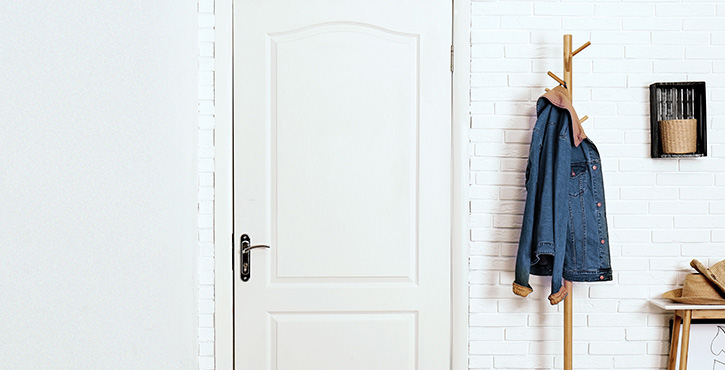You probably don’t spend too much time thinking about your electric water heater. That being said, it’s important to make sure it remains in good working condition. This will help extend its service life and avoid any unpleasant surprises. If your home’s water is hard, high in iron or calcium, you should regularly drain your water heater to protect the tank and supply lines from the damages caused by deposits and to ensure optimal efficiency. You can drain it once every year or every two or three years depending on how hard your water is. If you haven’t maintained it in a while, you shouldn’t drain the tank because deposits might get loose and damage your water heater. Here are a few answers to frequently asked questions and what you should consider when maintaining your electric water heater.
Answers to your questions
At what temperature should I set my water heater?
The recommended temperature for your water heater is 60 degrees Celsius. To prevent bacteria from forming inside the tank, the temperature of your water heater should never drop below 50 degrees Celsius.
Do I need to insulate my water heater with a thermal blanket to save energy?
Thermal blankets were useful in the 1980s, but tank insulation technologies have greatly evolved since then, making the use of thermal blankets unnecessary.
What purpose does the bottom cold water inlet serve on my HydroSolution water heater?
To increase energy efficiency, the cold water enters the tank from the bottom and is then heated by the bottom element. This feature ensures that the cold water does not cool down the rest of the tank water as it would by entering the top of the water heater (providing 10% more hot water). This technology, which is exclusive to HydroSolution water heaters, also reduces the accumulation of sediments at the bottom of the tank.
Is there maintenance to be done on my water heater’s relief valve?
It is recommended to manually activate the relief valve once a year to eliminate tartar buildup in this valve and to ensure its proper function.
Should I drain my electric water heater? And if so, why?
The answer is yes if your water heater is supplied by a well system and if your water is hard or high in iron. If your water comes from a municipal water supply, the answer is no, unless the water in your area is particularly hard.
What could invalidate my water heater’s warranty?
Installation and repairs must be carried out by CMMTQ certified installers. Otherwise, the warranty will be void. In addition, maintenance carried out by professionals decreases the risks of thermal dilation and water hammer.
My water heater is not electric. Is it possible to convert it?
Yes, it is possible as long as your water heater is installed in the same room as your electrical panel. This modification will incur additional costs. Please contact our customer service for more information by calling 1 877-353-0077.
Are there some recommendations I need to follow before I work on my water heater?
Before you start, you must always cut off the water supply and electricity.
I am a good handyman. What are the steps to regular water heater maintenance?
Check the condition of the anode and change it when necessary. Check the electrical resistance and change it when necessary. Descale the tank when necessary. Drain your tank every 2 to 3 years.
If I don’t want to do this on my own, who should I call to maintain my water heater?
You should rely on a certified professional who will be able to identify what needs to be done.
How can I remove the calcium deposits and sediments from my water heater?
You can drain your water heater to remove the calcium deposits and other sediments.
Did you know? When you rent a water heater from HydroSolution, you’ll be able to enjoy peace of mind because the repairs are included in the rental price and carried out by experts who know your water heater. If needed, your water heater will be replaced.




